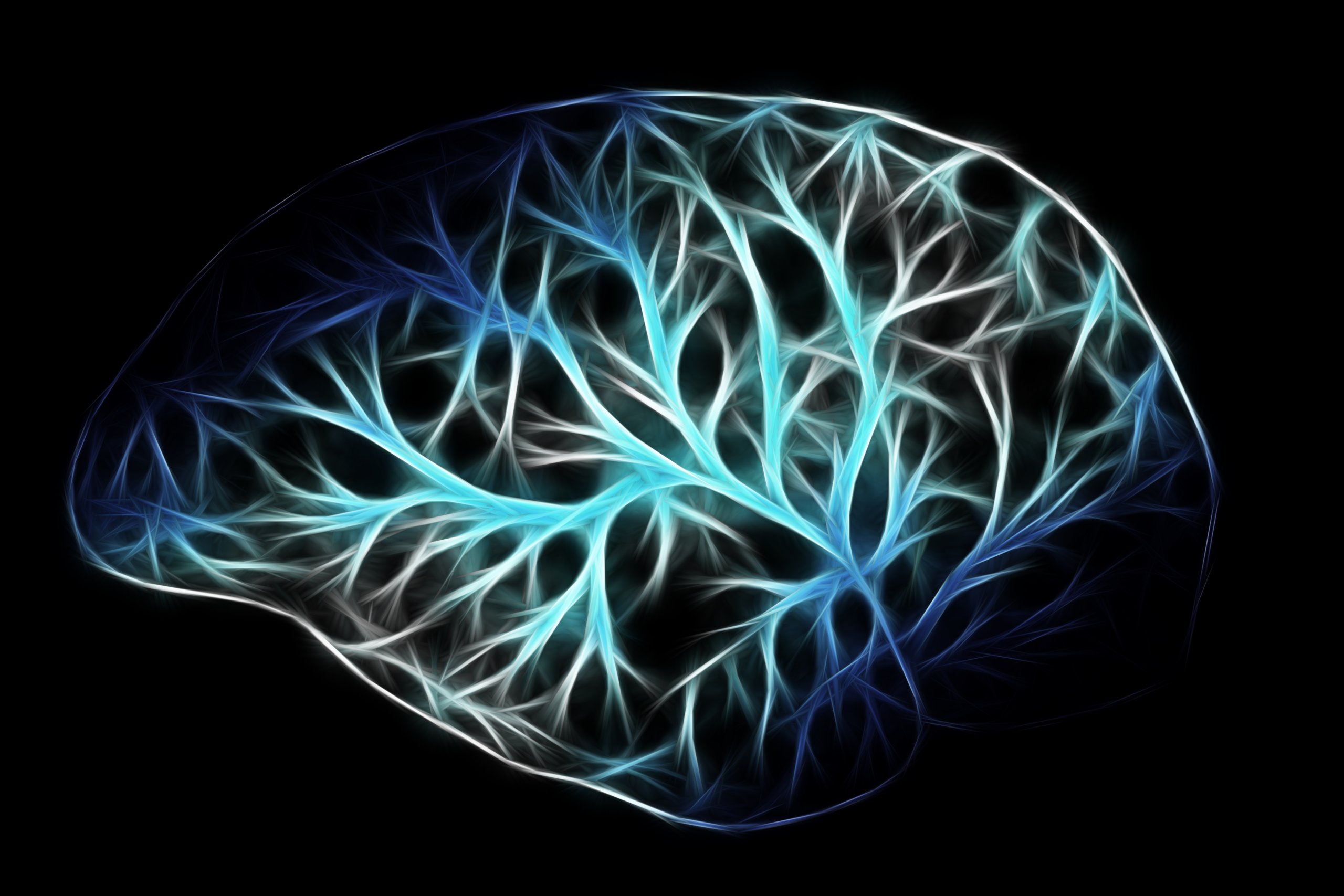
What would you do with $1 billion? Retire early? Buy a private island? Don’t worry if you can’t respond right away; it’s a tricky question that requires some deep thinking. Although, for some, the answer does come a little easier.
Take Sam Altman, for instance — the entrepreneur and investor just closed a $1 billion investment deal with Microsoft. With these funds, Mr. Altman is hoping to do what no AI developer has done before: Create artificial general intelligence (AGI).
An Ambitious Endeavor
Sam Altman is perhaps best known for his leading role at Y Combinator. The famous startup accelerator helped fund some of the most well-known tech names today, including Dropbox, Airbnb, and Stripe. Recently, Altman stepped down from his daily duties as President of the organization to focus on OpenAI, a research organization he founded with Elon Musk, Ilya Sutskever, and Greg Brockman.

Musk ended his involvement with OpenAI last year to concentrate more on Tesla’s AI ambitions. Since then, Altman has become the CEO of the San Francisco-based development lab and has pivoted it to be for-profit in order to pursue financing more aggressively. With OpenAI’s new lofty AI goals, Altman and his team will need all the help they can get; they aim to build AGI that can do anything a human brain can do.
Fortunately, they’ve found a trustworthy investor in Microsoft. “My goal in running OpenAI is to successfully create broadly beneficial AGI,” explains Altman. “And this partnership is the most important milestone so far on that path.”
While many people would be quick to label OpenAI’s objective as outlandish and impossible, it’s worth noting that Altman’s team of 100 researchers is behind one of the most recent and impressive AI milestones: Building an AI system capable of beating the world’s best Dota 2 players.
In this wildly popular videogame, players tussle with each other in a three-dimensional arena; winning battles requires a delicate balance of offensive and defensive strategy as well as teamwork. That last factor is especially difficult for machines to get a grasp on — a few years ago, most experts would have deemed it impossible.

So, how did OpenAI manage this feat? With a machine learning (ML) technique known as reinforcement learning. This ML approach allows AI systems to learn through rigorous trial and error. Basically, by relentlessly playing the game over and over (and over), OpenAI’s system was able to elucidate the most successful strategies and refine its own tactics.
It took several months for OpenAI’s system to become an expert at Dota 2. In fact, it required over 45,000 years of gameplay! To expedite this process, the lab needed gargantuan amounts of raw computing power. So it spent millions of dollars to rent thousands of computer chips from cloud computing services like those offered by Amazon and Google.
Mastering Dota 2 is certainly no small feat for AI. But most industry insiders would agree that AGI is a completely different and vastly more difficult challenge.
Is AGI Impossible?
OpenAI is far from the only one trying to make AGI come true. Around the world, many researchers are fervently trying to make this vision of AI a reality. And many of them are being funded by some of the wealthiest organizations today. For example, DeepMind, a lab owned by Alphabet, Google’s parent company, has also set its sights on AGI.
Though, for many AI industry insiders, AGI will still be the stuff of science fiction for decades or centuries to come. And quite a few experts believe that’s where it shall remain. Altman is well aware of this notion. But that isn’t stopping him and his team from trying to achieve what others think is impossible.
In the agreement between the two organizations, Microsoft and OpenAI discuss AGI pragmatically as they would with other technologies they are working on, like a new type of robotic arm, cloud computing service, or quantum computing. The last example is another ambitious initiative of Microsoft’s — making it a reality would mean exponentially faster machines than what we have today.
But as with AGI, many people believe quantum computing is unfeasible right now. Still, Satya Nadella, Microsoft’s CEO, believes these grand goals are necessary to accelerate innovation: “Whether it’s our pursuit of quantum computing or it’s a pursuit of A.G.I., I think you need these high-ambition North Stars.”
The Roadmap to a New Era of intelligence
Altman and OpenAI will try to approach building AGI similarly to how they tackled Dota 2. By gathering enough data on what humans deal with day-to-day and combining it with enough computing power to analyze that information, they think they can replicate human intelligence.
Besides investing in OpenAI’s plans, Microsoft will also build new computing systems to aid the lab in analyzing this immense mountain of information. Rather than handing over the funds and taking a passive approach, the tech titan will be working closely with OpenAI as plans unfold. “This is about really having that tight feedback cycle between a high-ambition pursuit of A.G.I. and what is our core business, which is building the world’s computer,” Nadella explains.
Altman believes that the majority of Microsoft’s $1 billion funding will be used for computing power. Eventually, Microsoft will become OpenAI’s only source for computing power. As OpenAI buys computing power from the tech titan, much of Microsoft’s investment will most likely be fed back into its own business.
Ultimately, this collaborative work could unlock a wide variety of new technologies. But to start things off, OpenAI will focus on narrower projects. Hopefully, these baby steps lead to big leaps in the right direction.





